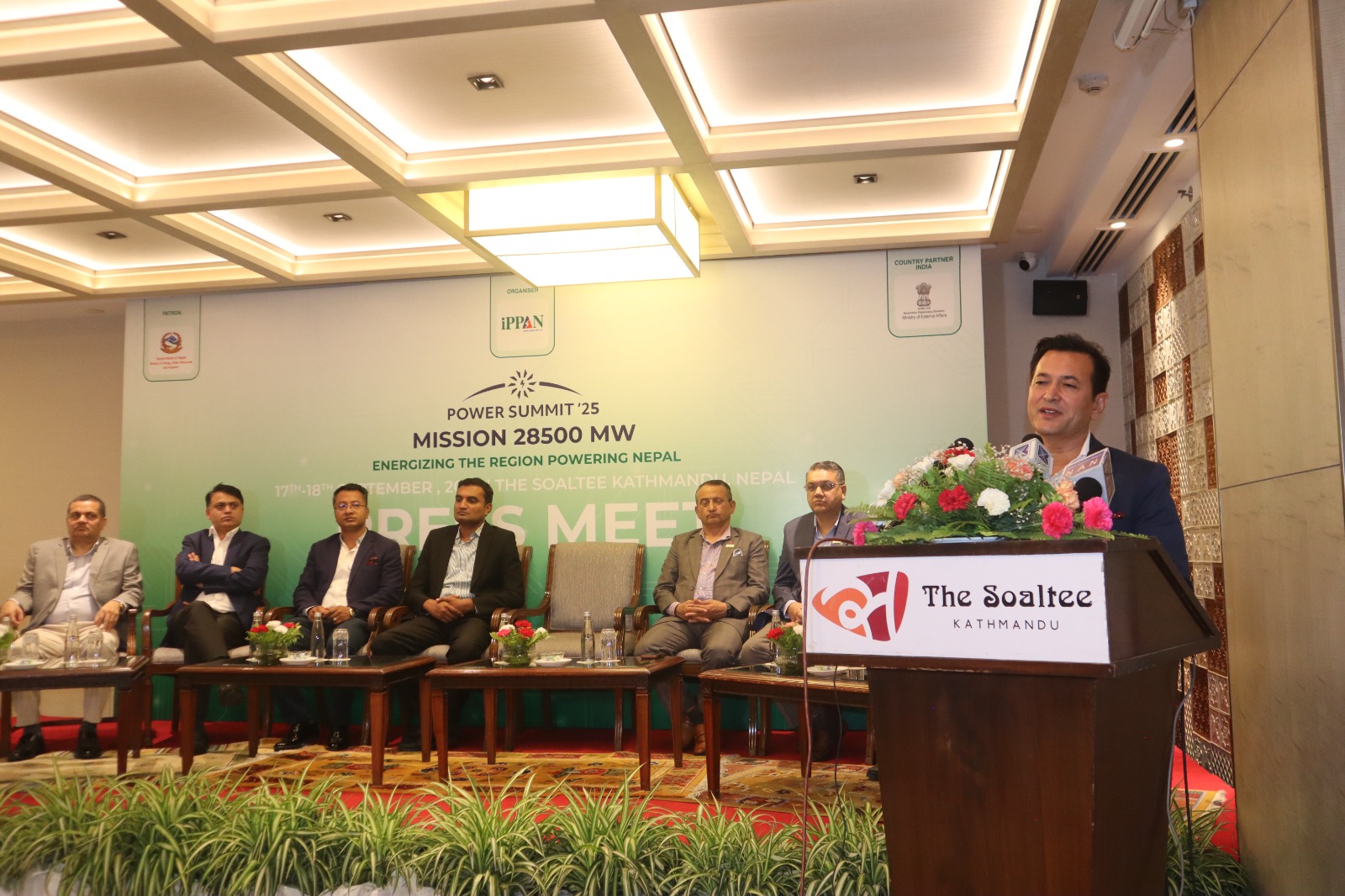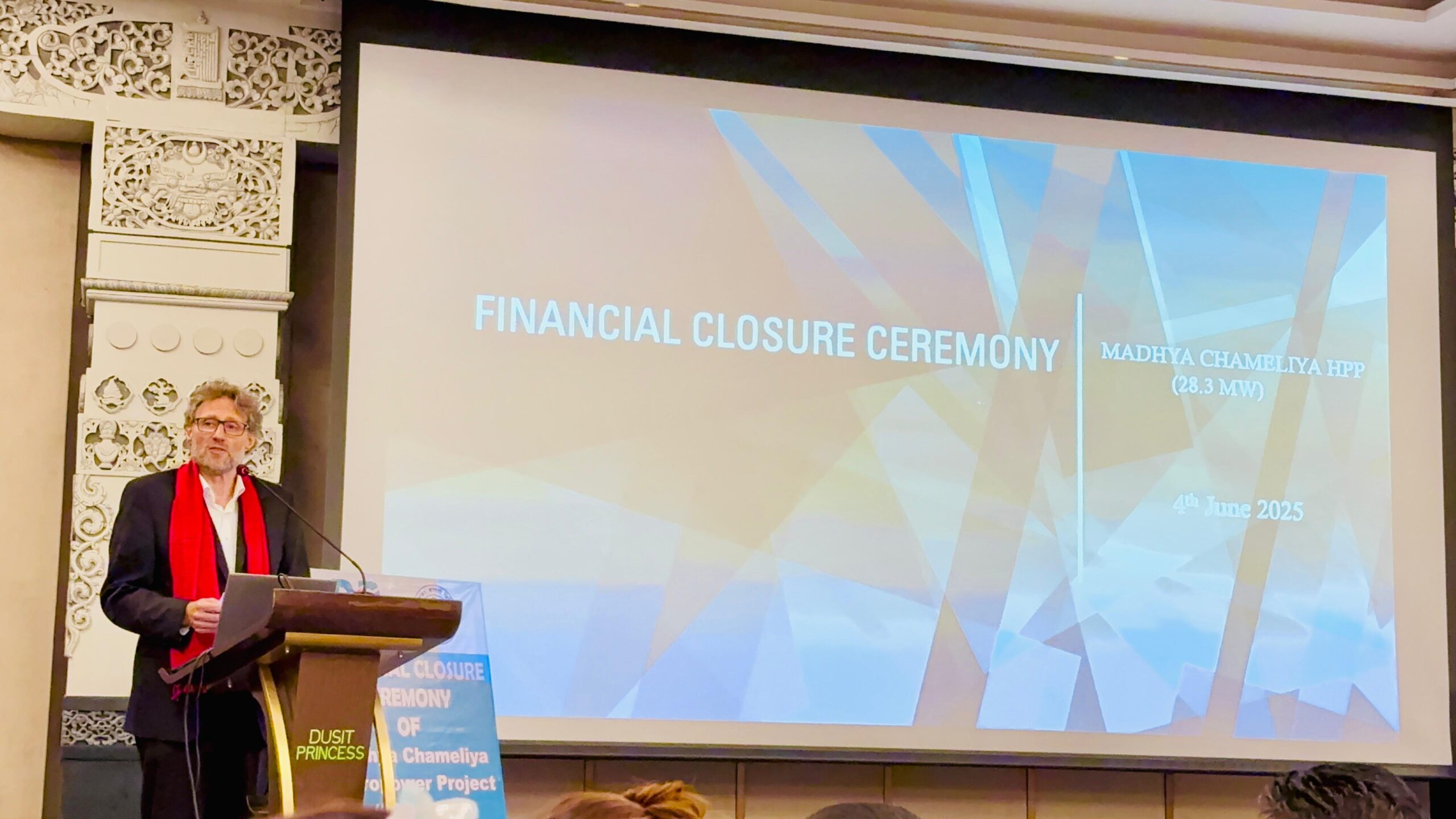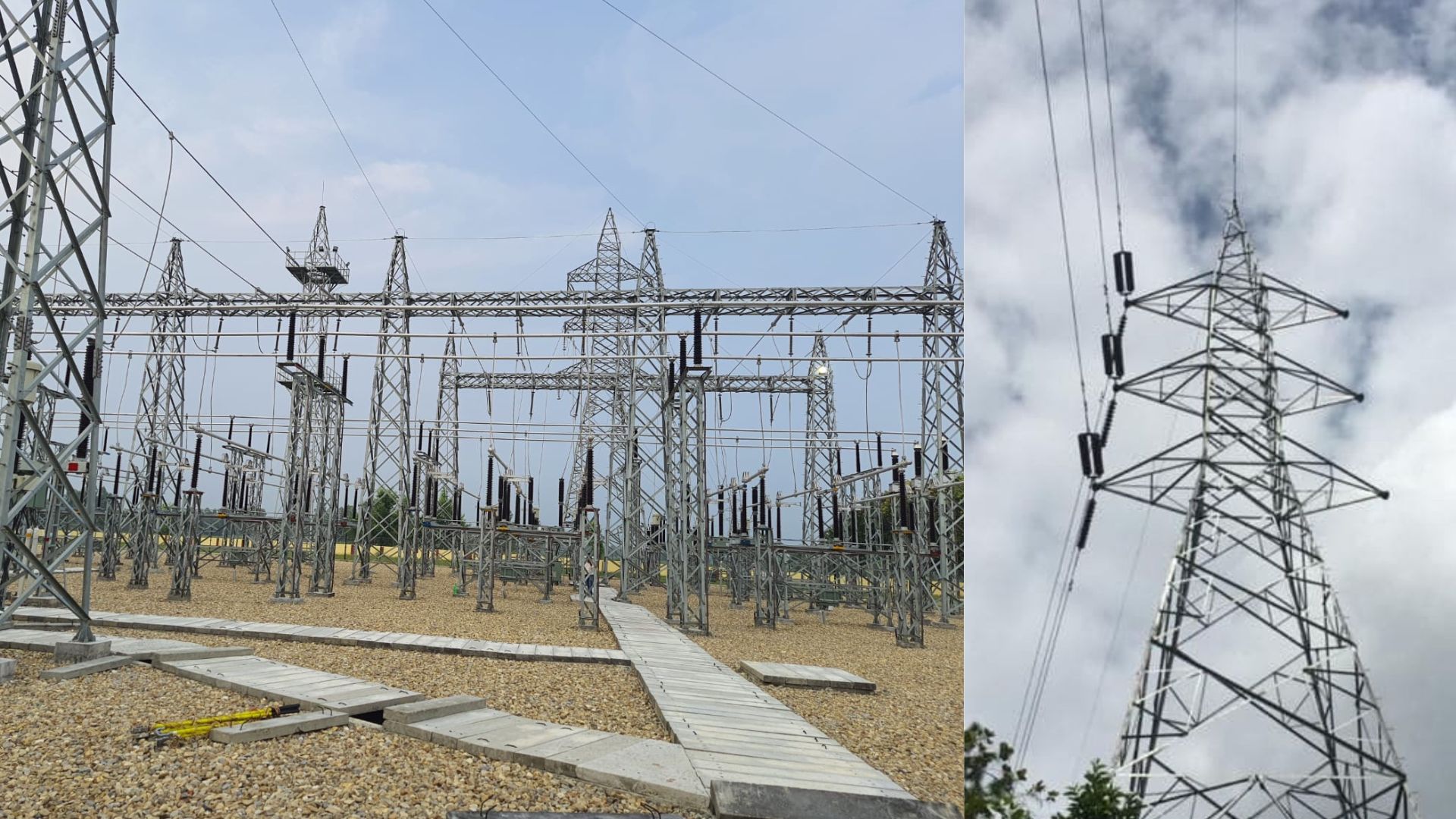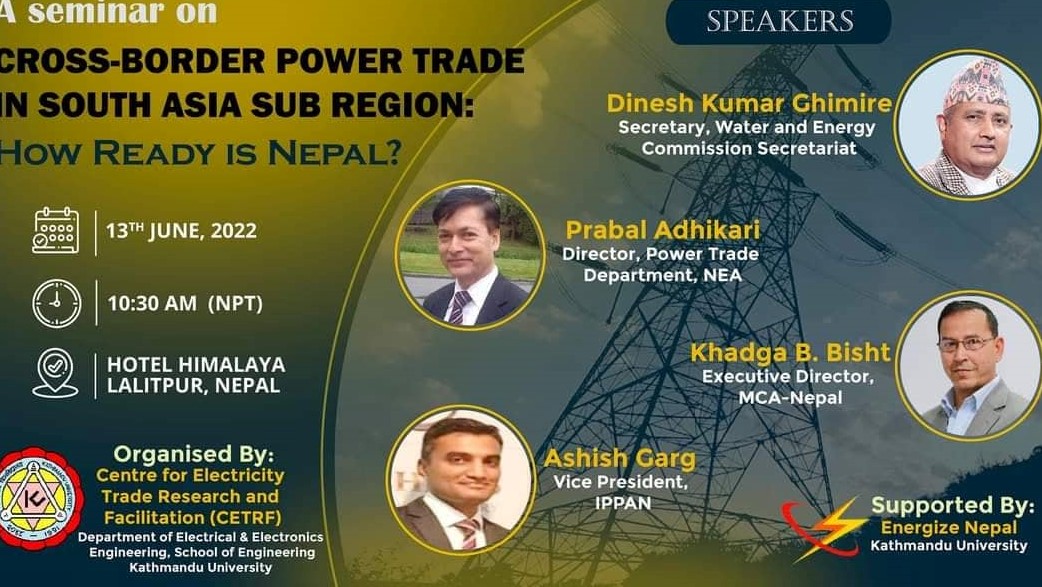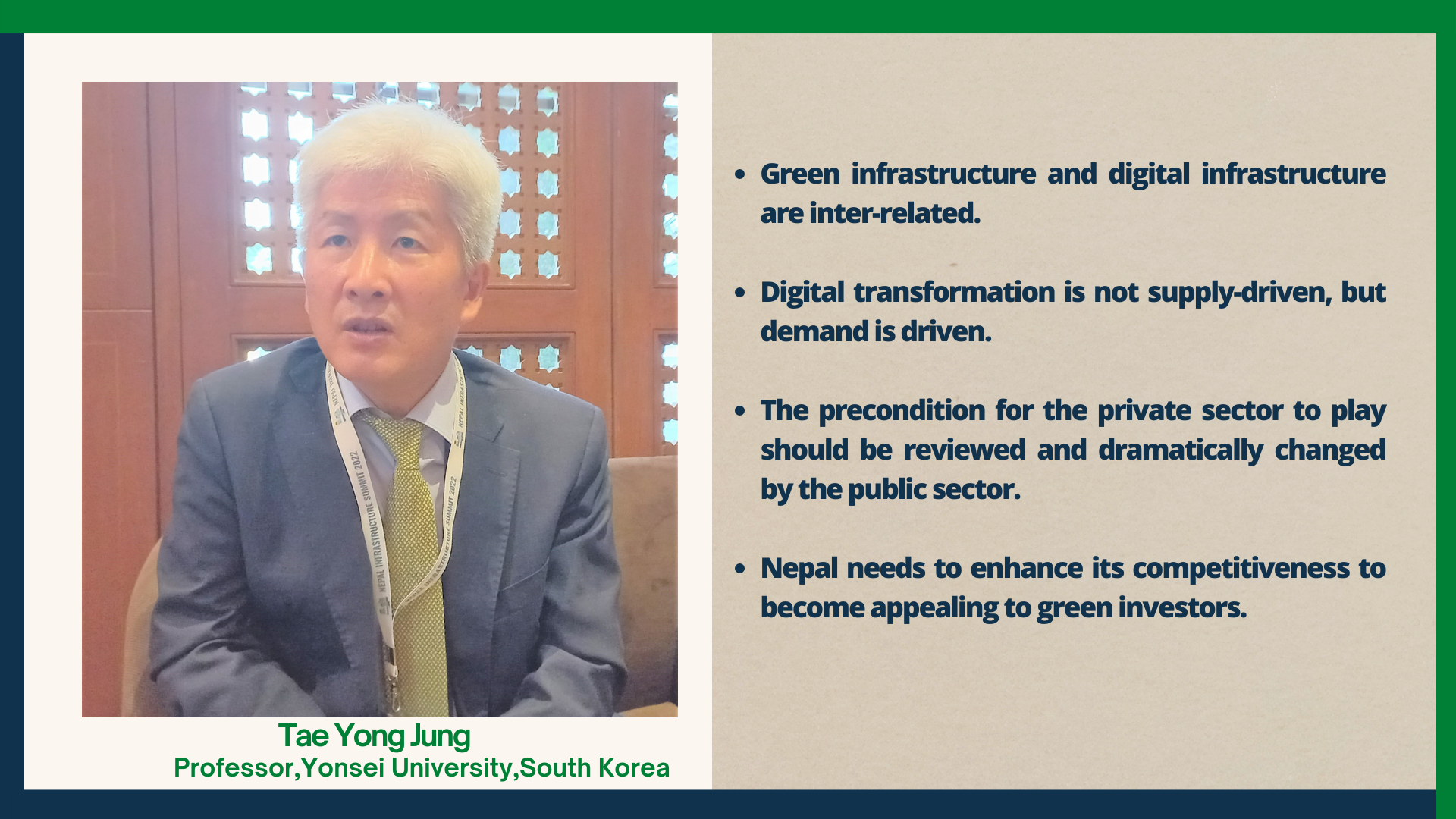
Tae Yong Jung is a Professor of Sustainable Development, at the Graduate School of International Studies at Yonsei University. Tae has been closely studying the issues of digital transformation and green financing. He opines that green infrastructure and digital infrastructure should be combined to minimize costs in infrastructure development and maintenance. Bhim Gautam of nepalinfrastructure.com talked with him recently to get his views about the global trends in green investment on the back of the worsening effects of climate change.
The climate change crisis is deepening and concern is growing over its impact globally. How are you assessing the impact of climate change on the national economy, people’s livelihood, and other sectors?
It is obvious, that the climate change factor cannot be ignored. Nowadays, when you design the infrastructure, the issue of its impact is getting bigger and bigger. That’s one thing. But second, when you want to develop infrastructure such as roads, railways, and airports you consider, that infrastructure last for only 10 years. No, it is an investment for 30 years or 40 years as it is a really long-term investment in a sense. Hence, the climate change impact is getting bigger and bigger.
It’s obvious from now on as a developer or planner, policymakers, or financial investors have to consider it as one of the important factors because it affects the value of any asset national asset or social asset, or private asset. Whenever you make a decision now, the value of your asset can be affected by climate factors. The question is: Is it really true for the decision makers? Do they consider the climate factor? My answer is usually- ‘No’. At least in my country, I don’t know here in Nepal. why do I say ‘No’? If you consider it, definitely it means the extra cost of your investment. The climate-proof project requires more investment, whatever you call it. Ultimately, it means to me that as a decision maker, it’s an extra cost. Extra cost means how you’re going to mobilize these extra financial resources.
The climate change impact is getting bigger and bigger. It’s obvious from now on as a developer or planner, policymakers, or financial investors have to consider it as one of the important factors because it affects the value of any asset national asset or social asset, or private asset
If so, what should decision-makers do?
The decision-makers, I think, have to reconsider the time preference. They’re going to put more weight on the present time, or they’re going to consider already more on the future. I think now is the time to change their mindset. Otherwise, there is no way to implement green infrastructure.
As you said, green investment is costlier. How can we attract the private sector to green infrastructure investment in this situation?
I think that’s also a big challenge in my home country, South Korea. South Korea is known as one of the advanced countries in transforming our infrastructures and so on. Now, how could we do that? As a scholar and researcher, I think the fundamental thing is to change our mindset. if you review as an expert in this area, if you review what happened in infrastructure in any country, mostly government-driven because we call that a social infrastructure or something so in our case. The second is supply driven. But if we stick to this concept, an idea that I think we cannot make any innovative or due solution for this green infra or whatever.
Could you tell me about digital transformation?
Digital Transformation is one of the best fundamental technologies developed by mostly the US. But most of the applications’ actual implementation is happening in South Korea. Probably Korea is the only country that complains about the 5G Speed. Korean people say it’s too slow. Here in this country (Nepal), I don’t think we have 5G, but Korean people are already in a position they seek better technology than the 5G. That pushed the government and the providers (IT communication providers) and now they are already engaging in the 6G in our country.
My point is on digital transformation is done by the typical supply side of the government mechanism. It is the private sector driven. Second, here in Nepal, I noticed and observed that most people have mobile phones. whether that is a smartphone or other mobile phones. They have it because of their own need not because somebody provides for them. This proves that digital transformation is driven by the demand side. And, demand creates innovations also. Korean people keep complaining that the speed of the internet is too low even though that’s the fastest in the Word. So it could be pressure on the infra developers.
How can we link digital transformation with green infrastructure?
Green infrastructure should be definitely recombined with this digital infrastructure needs. That combined green and digital infrastructure are Korea Smart as we Korean people call it. Hence, you have to make the green infrastructure a smart one which means we have to combine it with digital.
Digital technology has offered a tremendous opportunity to utilize human resources from any corner of the world. It doesn’t matter whether you are in the US or you are in Canada or Seoul. If you undergo digital transformation, the problem of brain drain will be minimal
The beauty of digital transformation first, the marginal cost of the digital facility is almost zero. So that’s the beauty of digital transformation. The second one, digital transformation requires a real infrastructure than much compared to our traditional one. Not really, you can make it happen in the virtual world, which does not require that much capital and investment. If we combine both digital and green infrastructure, the cost of developing infrastructure will not go up.
How can utilize the digital transformation to push green financing?
In terms of investment in green infrastructure, Nepal seems to be a small country for international investors. Because investors are looking for a globally competitive market. Nepal needs to be attractive for such green investment to become more appealing than other countries which are also making efforts to attract private investment in this sector.
The playground of the private sector here in Nepal may be too small compared to the global ground. Is it the private sector problem? Is it a public sector problem? I think it’s a public sector problem. So, we call this the precondition. The precondition for the private sector to play should be reviewed and dramatically changed by the public sector.
If you remove barriers, then an opportunity comes in. A few decades back, Korea was also similar to Nepal in terms of resources and capital. Only we have all the human capital, human beings. We have 50 million people now, that’s the only asset that we have. Korea attracted many smart people who had left the country for digital transformation. Nepal is now facing a brain drain as Korea experienced in the past.
Digital technology has offered a tremendous opportunity to utilize human resources from any corner of the world. It doesn’t matter whether you are in the US or you are in Canada or Seoul. If you undergo digital transformation, the problem of brain drain will be minimal. Otherwise, I think you cannot maintain or keep international global competitiveness.
How can we attract the private sector to green infrastructure?
The private sector still thinks that more opportunities to make fortune exist in a traditional business such as trade. I don’t know much about your regulations or your policy framework here in this country. But I think digital case, your government, the first job is to release whatever regulations are urgently needed. The playground of the private sector here in Nepal may be too small compared to the global ground. Is it the private sector problem? Is it a public sector problem? I think it’s a public sector problem. So, we call this the precondition. The precondition for the private sector to play should be reviewed and dramatically changed by the public sector.


